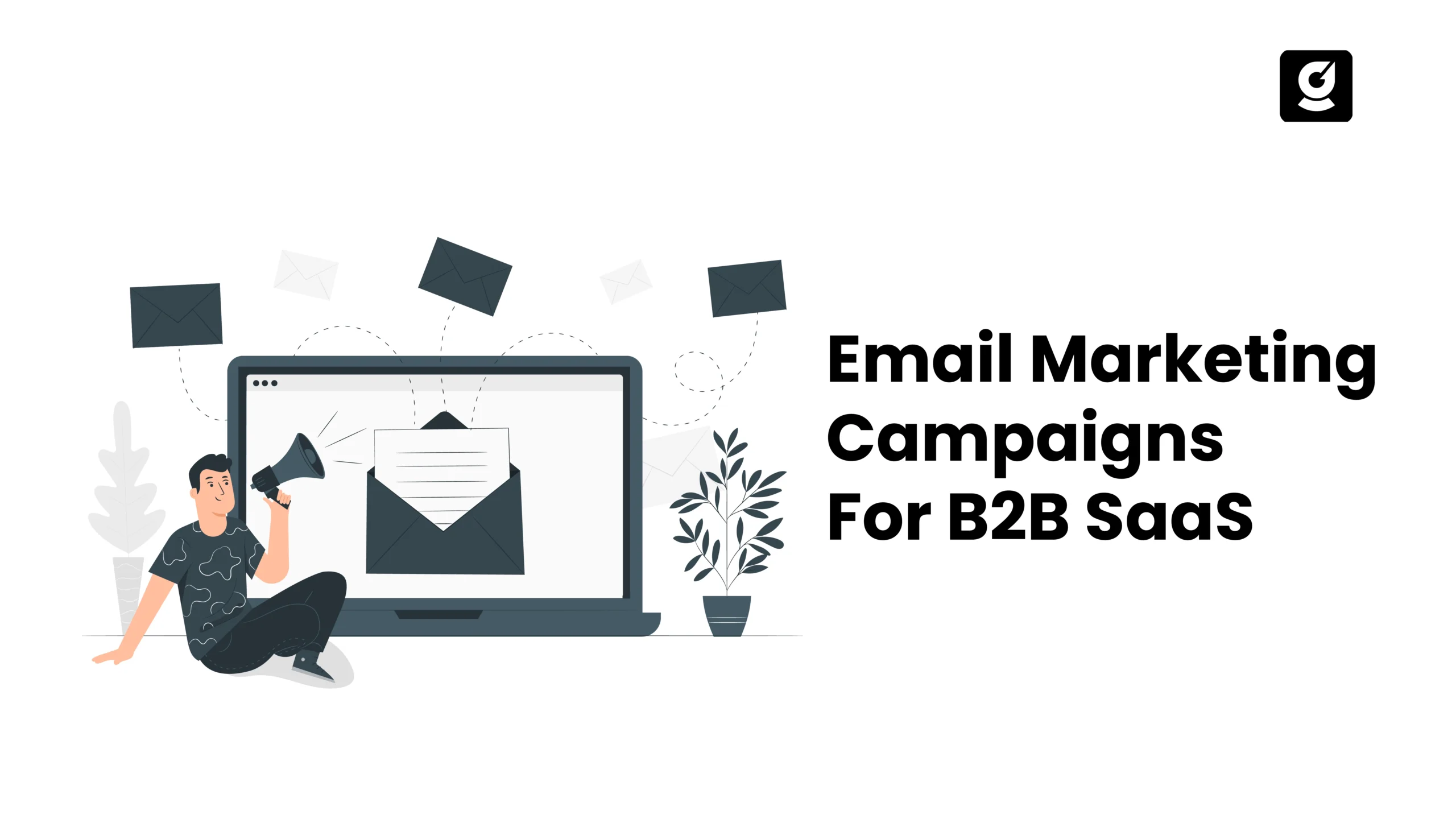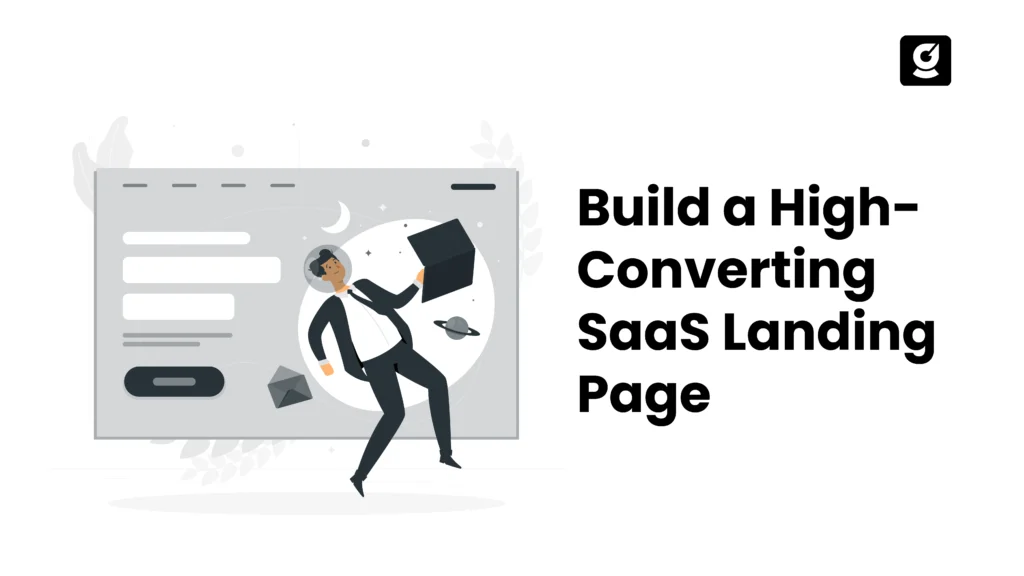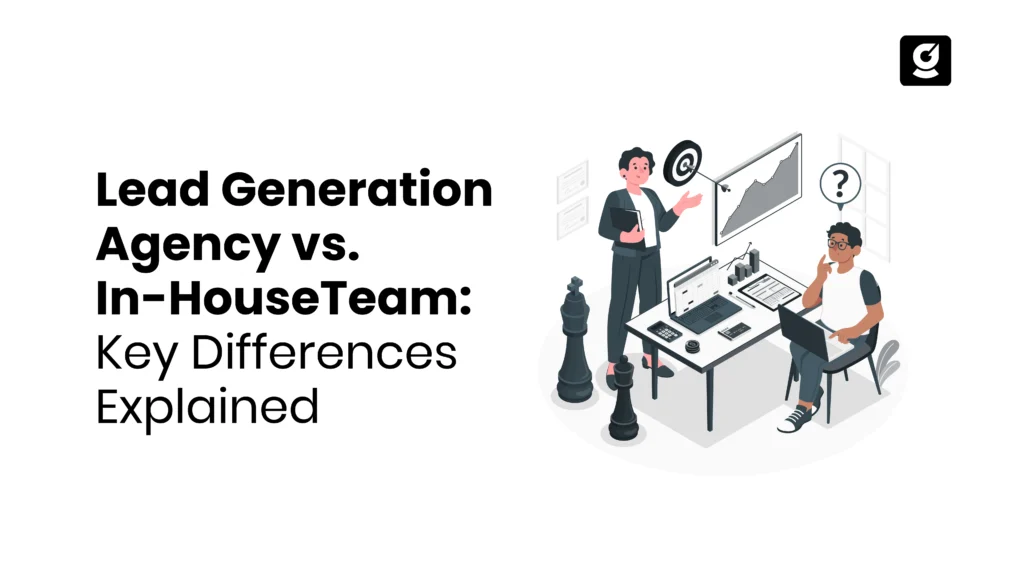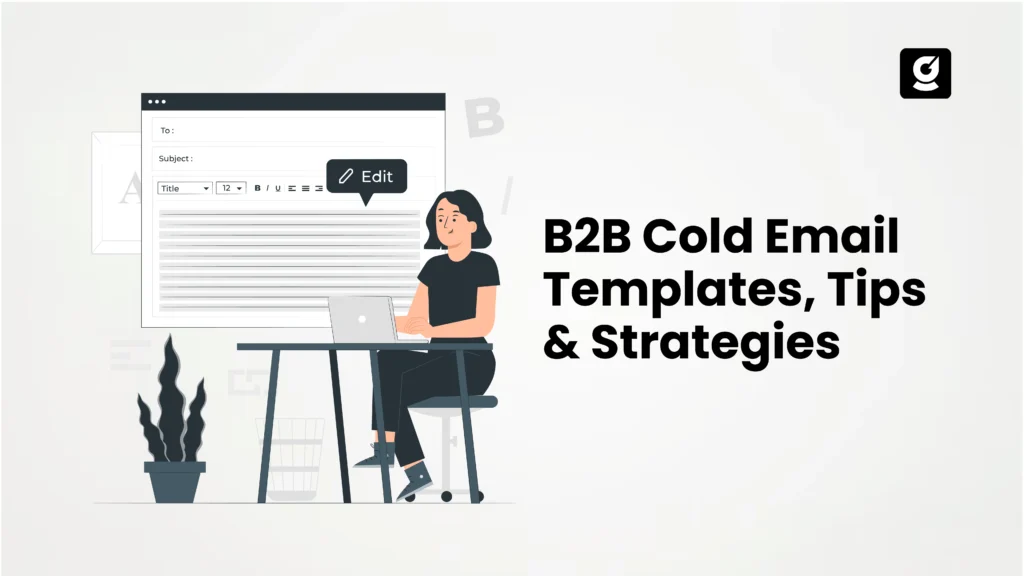Email marketing is one of the best tools for B2B SaaS companies. It is cost-effective, scalable, and gives results when done well. With so many emails flooding inboxes every day, getting noticed can be challenging. You need a smart strategy that uses personal touches and keeps your messaging consistent.
This blog will explain how you can use strategic email marketing for SaaS as a secret weapon for your business.
With little but insightful information, you can assist your prospects and guide them step by step to a more sophisticated approach. This will make your messages of greater importance and value. In turn, you can gain new clients while also pleasing your current ones. Prepare yourself to discover how email marketing can give real value to your SaaS business.
Why does Email Marketing Matter for B2B SaaS?
Email marketing stands out in the B2B SaaS arena for several reasons:
- Direct Communication: Email reaches decision-makers directly, ensuring that your message is seen by those who matter.
- Cost-Effectiveness: Compared to other channels, email marketing offers a high return on investment. When done correctly, every dollar spent on email can yield significant benefits.
- Data-Driven Results: With robust analytics, you can track open rates, click-through rates, conversions, and other key metrics to continually optimize your strategy.
- Personalization: Modern email platforms allow you to segment your audience and deliver personalized content that resonates on a deeper level.
6 Best Tips for Successful B2B SaaS Email Marketing Campaigns

1. Building a Strong Foundation with Basic Content
Every successful email strategy starts with a solid foundation. At this stage, focus on growing your email list and earning trust by offering free, helpful content.
Start by creating lead magnets – resources like eBooks, checklists, or free tools (e.g., ROI calculators) that visitors can access in exchange for their email address. For instance, a SaaS company offering accounting software might provide a free “Tax Savings Guide” to attract finance managers.
Next, send educational newsletters packed with tips, industry news, or quick wins. These emails should position your brand as a helpful advisor, not just a salesperson. For example, a cybersecurity SaaS could share monthly “Security Best Practices” to keep subscribers informed.
Don’t forget onboarding sequences. When someone signs up, send a friendly welcome email series introducing your product. Keep it simple: explain how to set up their account, highlight key features, and share customer support contact details. A project management tool, for example, might send a 3-email series titled “3 Steps to Organize Your Team in 1 Day.”
2. Enhancing Engagement with Intermediate Value Content
Once subscribers trust your brand, deepen the relationship with more personalized, interactive content.
Segment your email list into smaller groups based on job roles, industries, or how they interact with your product. A CRM platform, for instance, could send technical tips to IT teams and ROI-focused case studies to executives. One company saw a 35% jump in open rates after segmenting emails by job title.
Share case studies and testimonials to show how your product solves real problems. For example, “How [Company X] Reduced Costs by 30% Using Our Software” gives prospects relatable proof of your value.
Add interactive content like polls, surveys, or short videos. A SaaS tool for marketers might ask subscribers to vote on their biggest challenge (e.g., “Is lead generation or customer retention harder for you?”). This keeps readers engaged and provides insights to improve future campaigns.
3. Driving Conversions with High-Impact Value
When thinking about engaged subscribers at the apex of the pyramid value, consider them as prospective customers who can pay.
Engage in exclusive live webinars or product walkthroughs to demonstrate how your product adds value. Encourage subscribers to be a part of a “Live Q&A with our Product Team” or take part in a ‘How to Save 10 Hours/Week with Automation’ demo. Such sessions foster excitement and allow prospects to engage with the knowledge holders directly.
Provide bonuses, discounts, or extended offers of free trials for a limited period. Promotions such as, “Premium subscription before Friday gets you 3 months free” is a great motivator for indecisive users to act.
Demonstrate the value of your product with information-based return on investment reports. A SaaS analytic tool could give a prospect individual reports with data on how much time/money they would be saving. One company incorporated ROI calculators in their email marketing and boosted conversions by 20%.
4. Measuring Success and Optimizing Your Strategy
No campaign is complete without measurement and analysis. Key performance indicators (KPIs) to track include:
- Track key metrics to see what’s working and fix what’s not:
- Open Rate: Aim for 20–30%. Low rates? Try catchier subject lines.
- Click-Through Rate (CTR): 3–5% is good for B2B. Low CTR? Improve your CTAs or content.
- Conversion Rate: Track sign-ups, demos, or purchases.
- Unsubscribe Rate: Keep it below 0.5%. High unsubscribes? Check if you’re sending too often or irrelevant content.
For example, A/B testing subject lines boosted open rates by 22% for a SaaS brand.
Regularly analyzing these metrics allows you to refine your approach, test different subject lines, adjust your sending frequency, and further personalize your content to maximize ROI.
5. Crafting the Perfect Saas Email Template
Here are some tips and practices to follow in order to ensure that your engagement through emails is effective:
- Subject Lines: Ensure they are catchy and to the point. “3 Ways to Boost Productivity” and “Last Chance: 50% Off Ends Tonight” are excellent examples.
- Clear Messaging: Avoid using complex words and long sentences. Keep it short, simple, and to the point.
- Strong CTAs: “Start Free Trial”, “Book A Demo”, and “Download Now” are strong examples of what you should be urging the readers to perform.
- Visuals: Help your readers with images/videos that break up the monotonous text or paragraphs.
- Mobile-Friendly Design: Setting up a layout that is appealing to the eye while on the mobile is important since 60% of emails are read on phones. Be clever with smaller screens.
These set of practices help achieve an email that is easier to read and intriguing at the same time.
6. Automation and Personalization in Email Campaigns
Modern email marketing platforms offer robust automation tools that can take your campaigns to the next level. Automation allows you to:
- Deliver Timely Follow-Ups: Automatically send emails based on user actions, ensuring timely engagement.
- Personalize at Scale: Use data such as user behavior, preferences, and past interactions to tailor your messages to individual subscribers.
- Nurture Leads Over Time: Develop drip campaigns that gradually educate your audience and build trust, turning prospects into customers over time.
Investing in the right tools and technologies can streamline your process, save time, and ensure that every email is targeted and effective.
Mastering Email Marketing and Business Growth with growth.cx
As a B2B SaaS business, email marketing is the most important tool in your arsenal, and here at growth.cx, we understand that very well. Our team will expertly formulate strategic email marketing campaigns that capture audience interest, cultivate leads, and convert them into sales. We create customized email marketing campaigns that meet your business requirements through a combination of industry knowledge and modern technology.
- Continuous Optimization: We constantly refine your campaigns based on insights from market research, custom-made content, and precise audience segmentation to maximize impact and deliver desired results.
- Strategic Partnership: With growth.cx, you gain a dedicated partner focused on accelerating your business growth and achieving your marketing goals.
- Transformative Strategy: Trust us to turn your email marketing into a powerful engine for sustained success and increased revenue.
- Proven Success: Our innovative methodologies and track record of success make us the go-to agency for companies seeking real, lasting results in their email marketing efforts.
Conclusion
Strategic email marketing campaigns for B2B SaaS is more than just sending emails—it is about creating a strong, value-driven connection with your audience. It starts by sharing helpful, easy-to-understand information and then gradually adding more detailed and personal content. This method builds trust, shows your expertise, and turns potential leads into loyal customers.
Imagine a simple value pyramid that guides your customers from just knowing about your brand to taking important actions. At the bottom, you offer basic, useful insights. As your messages progress upward, you include more specific advice and tailored content that helps your audience make decisions. Each step plays a key role in growing your customer base and building long-term relationships.
For a B2B SaaS company, strategic email marketing is essential. By focusing on giving more and more value with every message, you not only keep your audience interested but also encourage them to act. Embrace email marketing as the bridge that builds trust, drives growth, and ensures your business keeps moving forward. By partnering with email marketing agencies, you can consistently deliver valuable, clear, and friendly emails that build relationships and fuel ongoing business success daily.

FAQs
What are the key metrics to track for an effective B2B SaaS email campaign?
Key metrics include open rates (to measure subject line effectiveness), click-through rates (engagement levels), conversion rates (successful actions taken), and churn reduction. Monitoring customer lifetime value (CLV) and product adoption rates from email campaigns helps optimize messaging strategies for better customer acquisition, retention, and upselling opportunities.
How often should B2B SaaS companies send marketing emails?
Email frequency depends on audience preferences and content value. A mix of weekly newsletters, monthly product updates, and occasional promotional emails works well. Over-emailing can cause unsubscribes, while too few emails may lead to disengagement. A/B testing helps determine the ideal frequency for maximizing engagement and conversions.



